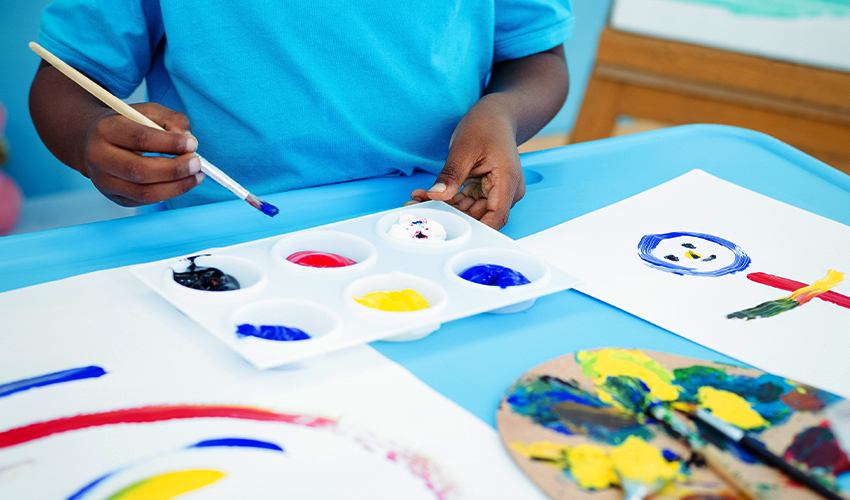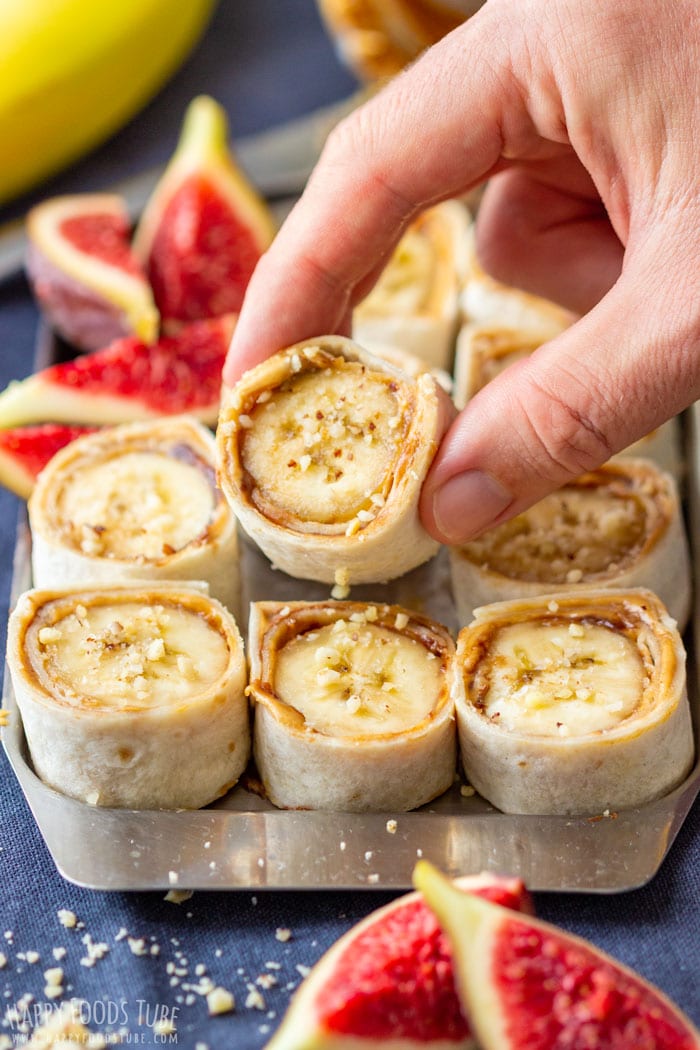A child who expresses himself through music or other means draws a sense of belonging. Music also helps develop coordination and fine motor skills.
There are so many benefits of the arts on child development, but today we are going to discover a more scientific side of music. We are going to represent the frequency (or the pitch of a sound) with colors… and even with body parts!
In this second session, we will start with a warmup. Next, we will do a few simple musical alertness activities that demonstrate the tones of a scale visually and in color. And then I am going to sing some little songs that the little ones know, and you can sing with me.
I encourage parents to sing at home, as educators do at daycare. We call it modeling and it can make all the difference in the child’s participation!
Here is the recording of Mr. Coco’s live activity with children from Le Carrefour’s childcare centers and their families .

Step 1 – Creating a ''music space''
You will need :
- A metallophone or a xylophone (it can even be homemade);
- Your maracas if you made some with us last week;
- Other percussion instruments you may have around the house;
- D’autres instruments de percussion que vous avez déjà à la maison.
Setup your music space to be inviting and comfortable. Parents are certainly invited to participate, as are children.
Step 2 – Rythmes simples
For this part we put away the maracas and instruments and we only use our hands.
TA-TA titi TA
Remember that TA is slower, ti is faster. Two ti (titi) = one TA.
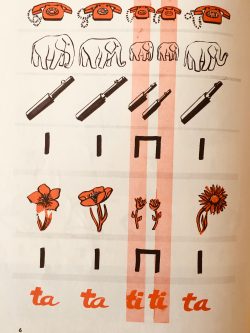
TA-TA tiritiri TA
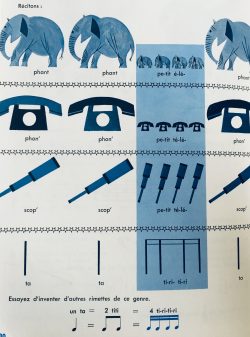
Other combinations :
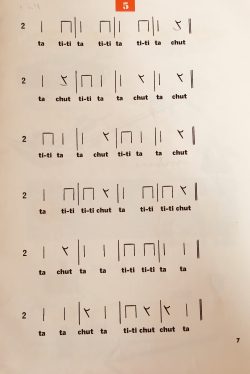
Step 3 : Song time!
Let’s sing with the popular children’s songs “Tête, épaules, genoux, orteils“ and “Savez-vous planter des choux“ to make the connection between the parts of the body and the tones that we sing!
Pay attention instead of the regular “yeux, nez..“ we will sing “Coudes, taille…“ as to use the whole body.
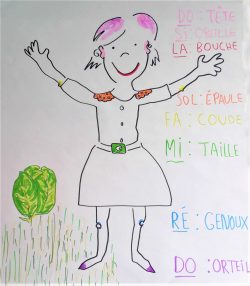
Diary
On today’s logbook page, kids can document the day’s activity. For example, by drawing the family together making the movements of a little song for example ‘‘tête, épaules, genoux, orteils”; or by drawing a colored scale on the metallophone or homemade xylophone.
If your child is documenting alone, you are invited to ask him or her questions to feed and improve the journal entry. Here are some questions you can ask:
- Does dad have a low or high voice? What about your little sister (brother)? Does she have a low or high voice? Or in between?
- Can you invent other rhythms with TA and ti sounds? Remember that TA is slower, ti is faster. Two ti (titi) = one TA.
- Do you think you can invent your own code, with colors and symbols, to transcribe music?
Did you know...
- … The pitch of a sound is measured by the number of vibrations per second (in hertz or Hz). A number of hertz therefore represents a number of oscillations per second (waves) or more generally the number of repetitions of a periodic phenomenon for one second.
- … The tone is a musical language or system used since the end of the sixteenth century, but the term has only existed since the nineteenth century. When we talk about tone, we talk about cutting the sound into tones. The tones are then organized, in relation to each other, to compose music.
- … The frequency of a tone (or tone) can therefore be measured in Hertz.
To takes things further, you can put colored stickers on the keys of your piano if you have one at home, on the neck of a guitar, on a recorder … For visual references.
You can also take out a roll of paper or a large piece of cardboard and draw out the notes DO-RÉ-MI-FA-SOL-LA-SI-DO (C-D-E-F-G-A-B-C) on a fun character like I did (toes- knees-waist-elbows-shoulders-mouth-ears-head), or on a tree (roots-trunk-bark-branch-leaves-buds-flowers-pollen).
If you really want to let go, you can make a costume and / or paint with makeup the parts of the children’s body like in songs “Tête, épaules, genoux, orteils” and “Savez-vous planter des choux”!
There are no wrong ideas when representing the frequency visually and with colors!
Activity by Monsieur Coco.



